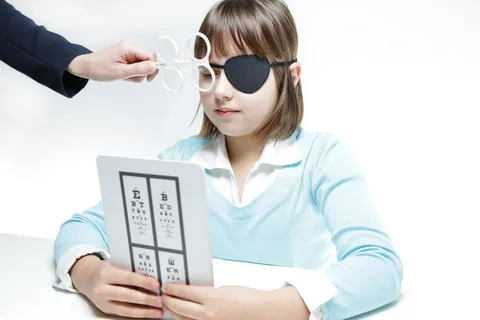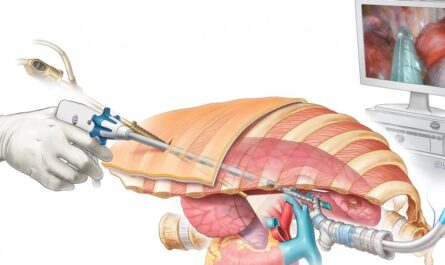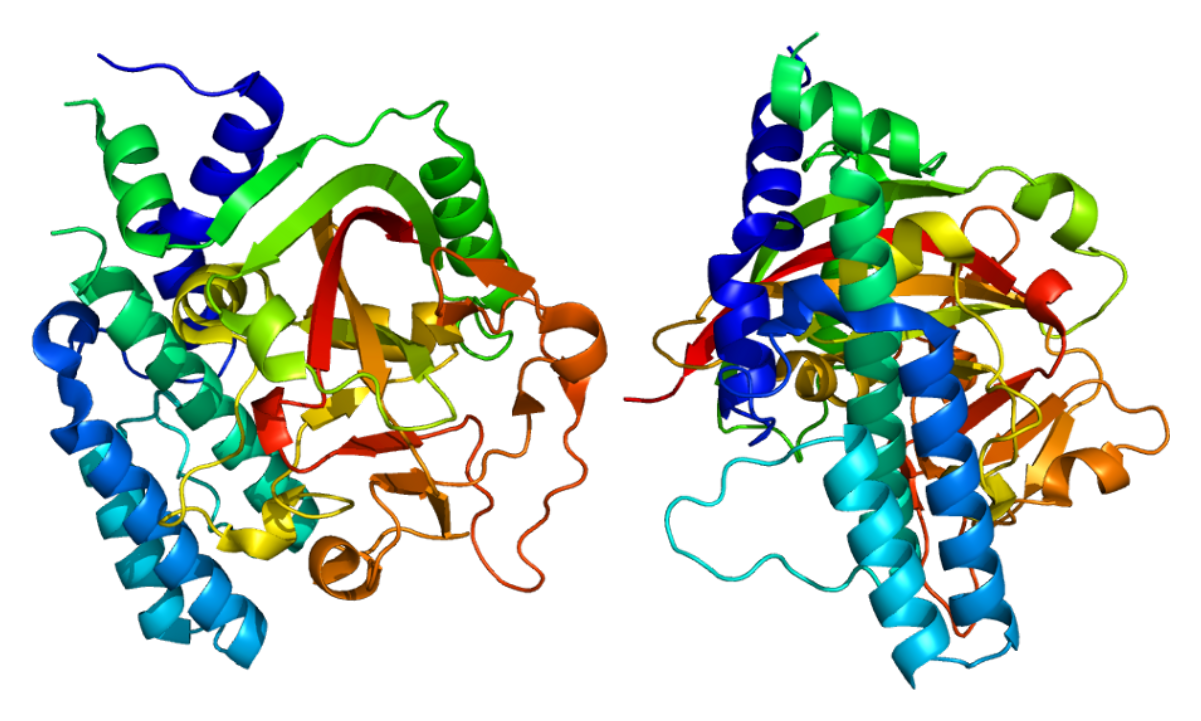Causes of Visual Impairment
There are many potential causes of visual disability. Some common causes include:
– Age-related Macular Degeneration (AMD): A medical condition which may cause vision loss in older people. AMD damages the macula, which is the central part of the retina. Early symptoms can include blurring and difficulty seeing fine details. Late stages lead to a loss of central vision.
– Cataracts: A clouding of the lens in the eye which leads to a decrease in vision. Cataracts often develop with age but can also be congenital or caused by an eye injury or medical condition. Symptoms include blurry or dim vision, sensitivity to light, and difficulty seeing at night.
– Diabetic Retinopathy: A condition that occurs in some people with diabetes when high blood sugar levels over time damage the blood vessels in the retina. Visual Impairment Symptoms include blurry vision, dark or empty areas in central vision, and sometimes floaters. Left untreated it can cause severe vision loss or even blindness.
– Glaucoma: A group of eye diseases caused by damage to the optic nerve, typically caused by increased fluid pressure inside the eye. Symptoms can include blurred vision, loss of peripheral vision, and sometimes eye pain. If not treated it can lead to partial or complete vision loss.
– Optic Neuropathy: A condition caused by damage or dysfunction of the optic nerve which transmits visual signals from the retina to the brain. There are many potential causes like infection, nutritional deficiencies, tumors or trauma. Symptoms are often sudden vision loss or blurred vision.
Impact on Daily Life and Independence
The degree of visual disability can significantly impact daily activities and independence. Those with mild impairment may still be able to drive, read regular print, or work at their regular occupation. However, as impairment worsens major life changes are often needed.
– Mobility Challenges: Severe visual disability makes activities like walking, driving, or getting around unfamiliar places very difficult or impossible without assistance. Mobility aids like a white cane training may help.
– Reading and Writing Difficulties: Fine detail vision is needed for reading small print, handwriting notes, working on a computer. Large print, magnifiers, or adaptive technology aids can help compensate. Audio books provide an alternative.
– Reduced Independence: More assistance may be needed with cooking, cleaning, managing finances, medications. Supervision around the home becomes important to avoid injury from falls or burns. Support services can help maintain independence.
– Social Impacts: Activities like hobbies, volunteering, attending events depend on sight. Depression or isolation can occur without adjustments. Support groups help those adjusting to vision changes connect with others.
– Career Changes: Workers with impaired vision may need adaptive technology, job coaching, or retraining for alternative occupations suited to their capabilities. Financial challenges arise from reduced work capacity.
Adapting to Vision Loss and Maintaining Quality of Life
Despite the challenges, those with visual disability can have fulfilling lives with the right adaptations and support.
– Access Technology: Screen readers, magnification programs, braille displays, and audio output enables independence with computers and mobile devices for work, education and leisure activities.
– Independent Living Skills Training: Orientation and mobility instruction, daily living skills workshops, and rehabilitation programs helps develop alternative techniques for daily tasks and getting around.
– Alternative Format Materials: Books, periodicals and print media in braille, audio, or e-text formats allows continuing hobbies like reading. Telescopic aids help with some visual tasks.
– Peer Support Connections: Spending time with others facing similar challenges through local vision organizations helps reduce the sense of isolation through shared experiences and advice. Joining activities keeps interests and wellbeing.
– Guide Dogs or Long Canes: For those fully or significantly sight impaired, a guide dog or long white cane provides safety, confidence and independence getting around in unfamiliar settings or traveling alone.
– Positive Mindset: Maintaining an active, social lifestyle along with counseling as needed prevents depression and helps come to terms with vision changes and appreciate life’s positives despite some visual limitations.
While Visual Impairment presents challenges, much can be done through technology, adaptation training, peer connections and maintaining a proactive mindset to ensure quality of life in all areas including independent living, work, education, social engagement and more. With the right strategies and support, people with vision loss can feel fully included in their communities.
*Note:
1. Source: Coherent Market Insights, Public sources, Desk research
2. We have leveraged AI tools to mine information and compile it



